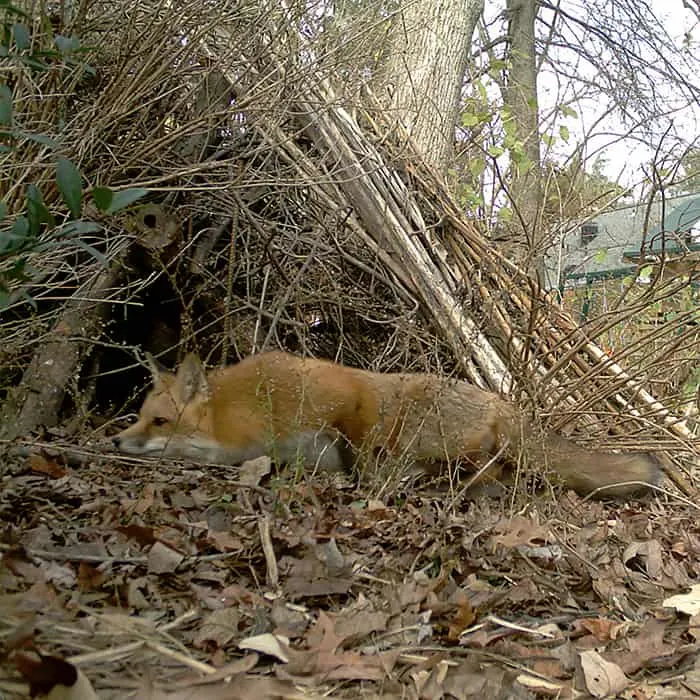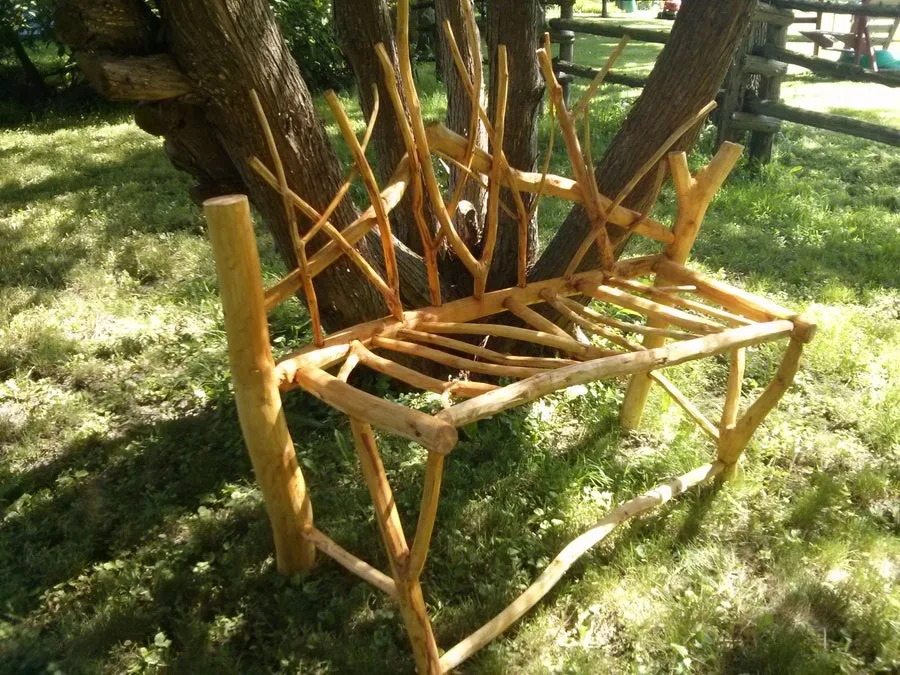The warm weather of spring and summer reminds us of birdsong, fresh vegetables, fragrant native flowers, and…. brush piles. Most people relegate brush and slash to be burnt, but here at Modern Day Self Reliance, we believe this is a tremendous misuse of free organic material.
Brush, also called slash, is extra branches, leaves, sticks, and other woody/leafy material left over after cutting vegetation. It is created after logging operations, when trees or bushes are trimmed, or after a natural weather event that downs a tree or tree limb. For many homeowners, it’s seen as a nuisance because it makes the yard look “untidy.” However, since leaves and limbs hold much of a tree’s nutrients, they are actually tremendously valuable sources of organic matter.
Instead of burning your brush, consider doing one of these 5 better alternatives!
1. Hugelkultur Mounds
Hugelkultur mounds are the best option (in our opinion) to use your brush for that also provides the most simultaneous and diverse benefits to your property.
If you’re new to permaculture or just happened to stumble across this blog post, you may be wondering “what the heck is a hugelkultur mound?” In short, it is a layered mound comprised of all natural organic components. The base layer is usually large decomposing logs, topped with smaller twigs and branches, topped with smaller organic matter, such as leaves, grass trimmings, or straw. Finally, it’s topped off with compost and topsoil, creating a nutrient-rich pile that decomposes over time. To learn more about the specifics, read our article What Is Hugelkultur Gardening?
The benefits of using your brush in a hugelkultur mound instead of burning are twofold, and will last many years.
1. You can immediately grow vegetables on your mound. You certainly can’t do that with a burned up brush pile! Additionally, you will be able to continue planting annual produce on your mound for years to come as the mound decomposes.
2. When the mound is done decomposing, you are left with a very rich, nutrient-dense humus that can be spread to other parts of your property to help with soil health. Imagine building a hugelkultur mound every year with your brush pile (of course, if space allows), and eventually never having to purchase soil from outside sources again. That would be awesome!
2. Create Shelter For Wildlife
Did you know wildlife thrives when there is available understory to use as shelter? Brush piles are an excellent way to to provide this shelter, if you want to attract small mammals and birds to your yard.
According to Choose Natives, there are three elements a brush pile provides to wildlife:
1. Sanctuary. Brush piles create a sanctuary for our wildlife. Birds, salamanders, snakes, turtles, small mammals (and more!) all need a helping hand, especially in our stripped-down suburban areas. A properly built brush pile provides a place for our creatures to hide from their many predators.
2. Shelter. In times of extreme weather a brush pile is the perfect shelter. In winter it’s particularly vital for protecting our birds. If your property is void of mature evergreen shrubs and trees that birds need for protective cover, evergreen foliage placed over a brush pile during the winter months will create a dry interior birds can safely roost in.
3. Snacks. Many insect species are attracted to the decaying wood and will make it their home. Insects found in brush piles are an additional source of protein-rich food for woodpeckers and other bug eating animals.

3. Repair Damaged Soil
Using brush is a great way to repair damaged soil – it acts kind of like oversized mulch. As it decomposes it returns a great deal of nutrients back to the soil since the leaves and branches that make up slash are the most nutrient-rich parts of a tree (the trunk is primarily dead tissue containing proportionally less nutrients per unit of mass).
So, instead of burning it, we recommend evaluating your yard to see what areas need a little help in the nutrient department. Not only will the layed out extra branches and leaves add important nutrients to the soil as it breaks down, but it will also serve as a type of shelter to already damaged ground.
With trees gone or at least less dense due to clearing, more rain gets to the ground, and brush will act as a stabilizing component for the soil. It also shades the ground from harsh, direct sunlight which prevents the burn-off of nutrients as well as providing a moist microclimate for new growth. Slash also, much like mulch, offers a degree of insulation for the ground below during the chill of winter, which will help plant growth get off to a better start in the spring.
Now, we know that most people don’t want random brush just thrown about the yard, so we have another suggestion to make the process speed up. Seed a nitrogen fixing plant, such as clover or native wild flowers under your brush. This will help the brush turn into a collective part of your yard as the cover plants grow out through the pile, while simultaneously taking nutrients from the brush as it decomposes.
4. Build A Gardening Structure
Brush usually contains a mix of sturdier woody branches, and smaller twigs, sticks, and leaves. If you have enough sturdier woody branches, consider building a structure out of them for either decorative or utilitarian purposes.
Below is an example of a bench made out of some fallen limbs (and here are the design instructions, if you need guidance). For more ideas, check out our article 24 DIY Vertical Garden Designs and Ideas. This has several trellises and structures made out of sticks and twigs. Even if it doesn’t have exactly what you’re looking for, it might spark some ideas for your own designs!

5. Turn Into Woodchips
As a last resort, converting your slash pile into woodchips is still a more preferable option to just burning it. Woodchips are great to use a mulch in your garden, to bulk up a raised bed, to create paths in your yard, or to cover a kid’s play area. These are all better options than burning simply because the free organic matter touted above is still located on your property and will still get a chance to break down and put its nutrients back into the ground.
You can rent a woodchipper from a local hardware or equipment rental store. Some places have daily and weekly rentals. You could also buy one for yourself, if you feel the need and projected use outweighs the cost.

